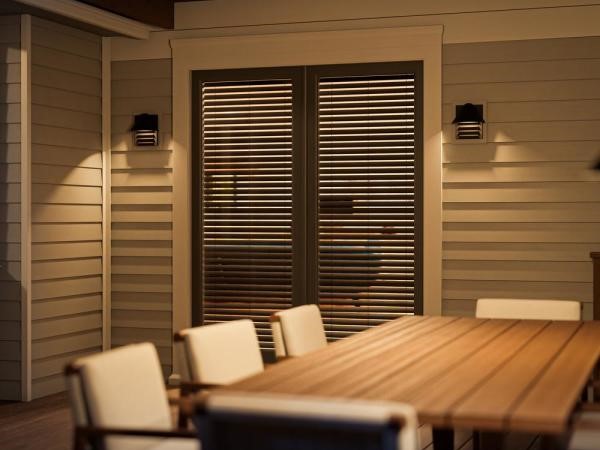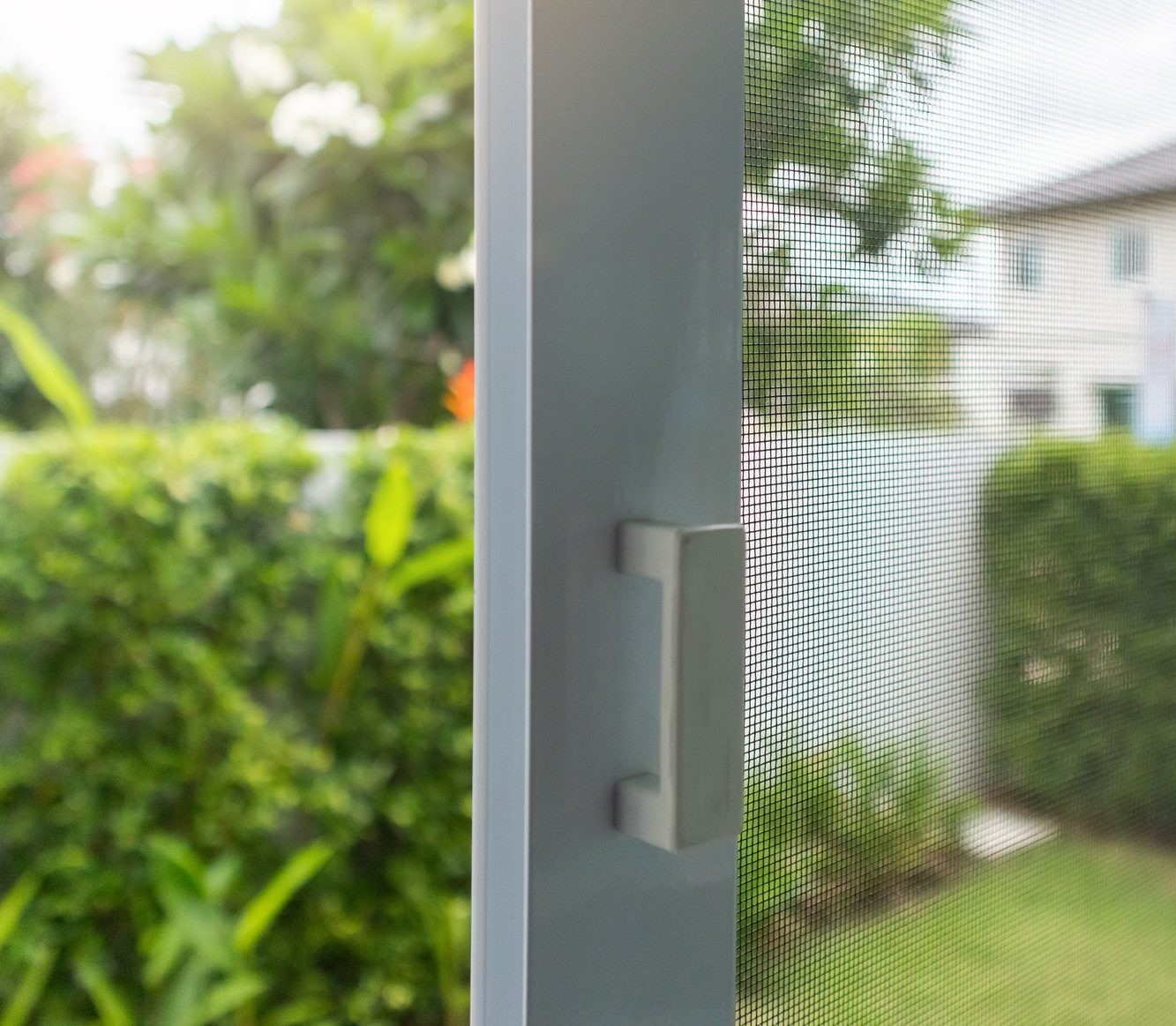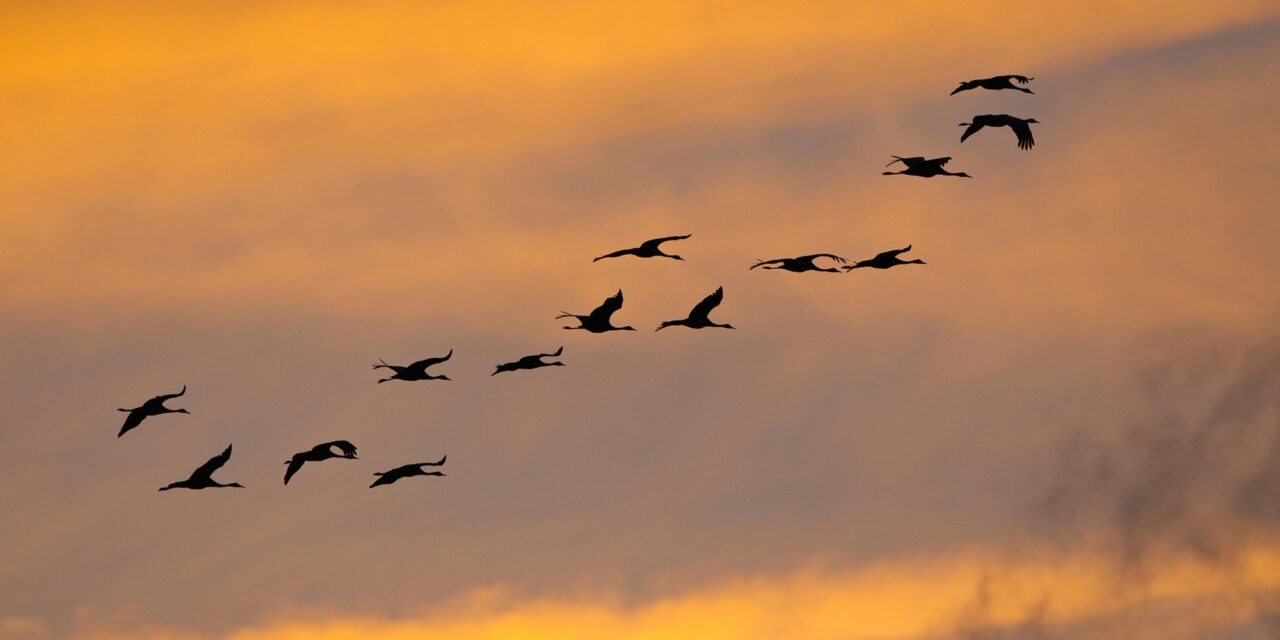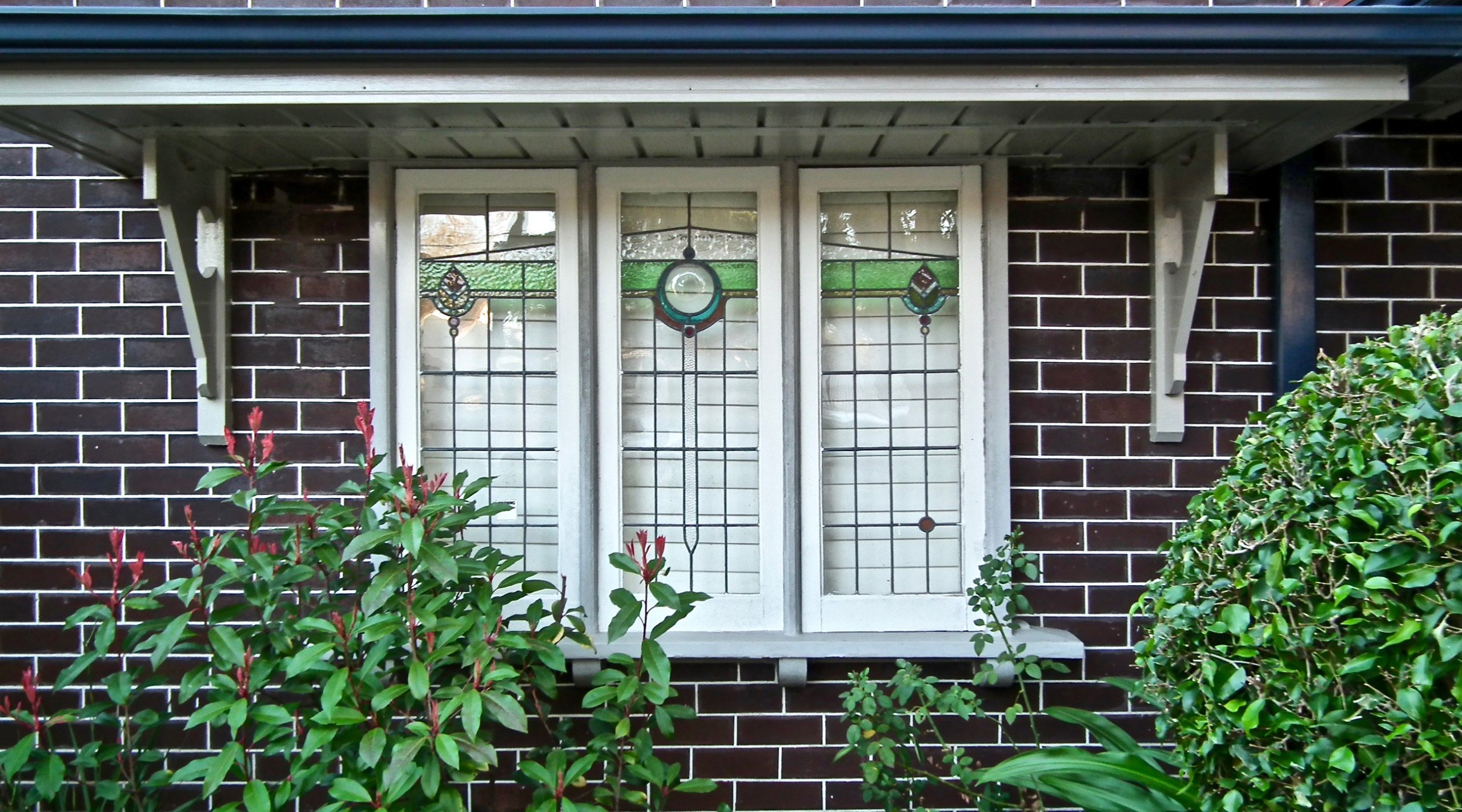The local decisions you make around outdoor lighting and windows can help address massive bird deaths across the globe
By Allie Rigby
According to a 2019 study, nearly 3 billion breeding birds have been lost in the past 50 years across the US and Canada, and more recent studies have similar findings. While large-scale habitat protection and ethical development are absolutely essential to reduce large-scale bird population decline, there are actions you can take in your homes, buildings, and communities. Let’s look at choices around light pollution and preventing birds from flying into windows.
Between habitat loss and climate change, birds continue to be hit hard by human land development and corporate decisions to prioritize profit and fast economic growth over the health of our communities and our planet. Personal choices are part of the solution, but it’s important to advocate for building regulations that ensure that buildings are less hazardous to our feathered friends.
How is light pollution a biodiversity threat?
Birds are an integral part of any habitat. They also serve as “indicator species” whose very presence gives us valuable insights into an ecosystem’s health. Most migratory birds make their spring and fall migrations—perhaps 4,000, 6000, or 8,000 miles—under the cover of darkness. Billions of birds take flight as we sleep, concealed from predators and steering, in part, by the stars. Unfortunately, many of those birds die during this trek and are found in the morning, deceased around our structures and buildings.


One primary cause is light pollution, sometimes called skyglow. Light pollution (or ALAN for artificial light at night) reduces the visibility of the stars and lures migrating birds from their ancestral paths. This often causes collisions with buildings. Brilliant lights like the 9/11 memorial Tribute in Light can dazzle entire flocks, confusing and exhausting them in terminal spirals.
Like most trends in nature, what is bad for other animals is bad for homo sapiens too. National Geographic reports that increased levels of light pollution contribute to poor sleep, increased stress, and other health problems.

Limit your light pollution
Cities and companies make choices regarding municipal lighting, and these choices contribute to the majority of light pollution. But households can still make a positive difference.
How can you act? Participate in the Audubon Society’s “Lights Out” program, which encourages people to turn off exterior decorative lighting, reduce floodlighting, and talk to apartment and building owners to turn off excess lighting at night during bird migration seasons (April–May and August–September). Their website includes a form letter to your elected official and to your building manager.
You can also consider something simple to decrease light pollution: install motion sensors for your outdoor lighting, pull your shades down at night, or turn lights off in unoccupied rooms.
Imagine being able to look at the Milky Way and dozens of constellations, no matter what city you live in. It’s a beautiful possibility and a feasible one. The International Dark-Sky Association supports astronomers and amateur stargazers, while following the plight of migrating birds and other wildlife. They’ve posted many resources on choosing lights for your property that don’t shine upward. They also advocate for regulations that control lighting on buildings and streets. By acting locally in your own home and neighborhood, you are creating change for the better.
Why are birds flying into windows?
Besides being heartbreaking—especially when children witness the impact—window strikes account for perhaps a billion bird deaths each year. The American Bird Conservancy states that single-family homes cause 50% of window strikes. This means that if every homeowner took action, bird deaths from window strikes could be cut dramatically.
Birds fly into windows for two primary reasons. They don’t understand that transparent windows sometimes act as mirrors, and they mistake windows for the reflection of open sky, vegetation, or the surrounding landscape. Second, birds sometimes see through the glass and believe the way is clear to reach open spaces or other attractive destinations inside.

Cheviot Street, Leadlight Window and Awning photo by Tony Rodi licensed by CC BY-SA 4.0 DEED.
Make buildings safer for birds
Some vendors sell special bird tape tape or one-way films to treat your windows, but insect screens are great for keeping birds from crashing into your windows. If your windows are not fitted with screens, a retrofit product like EZ Snap Screen could also work. An awning will shade your window, reducing the likelihood of deceptive reflections. (Both these solutions could save energy too.) To decide which windows to prioritize, start with any windows that have had a bird fly into them already.
Working with builders, the American Bird Conservancy promotes bird-safe building regulations. They’ve developed a model building ordinance that can be implemented locally. They’ve also evaluated legislative actions. For instance, one bill would require that any new federal buildings, or “significantly altered” existing ones, use bird-friendly building materials and design features.
Take action for bird biodiversity
Your local choices make a big difference, and every choice you make in your home might influence a friend or family member to do the same. It’s simple to visit the ABC website and ask Congress to pass the Bird-Safe Buildings Act. Find out if your home is in the path of one of North America’s major migratory flyways, or if you live in one of the vital BirdScapes habitats. Consider forming or joining a local club, so you can swap strategies and best practices or post photos and videos of backyard visitors.
It is possible to be part of the solution and help bird populations increase—or minimally, to help their populations stop decreasing. Advocating for regulations or starting a “lights out” campaign in your community are two great ways to get the wheels turning for bird-friendly design. And by analyzing your window reflections and choosing well shielded outdoor lighting at home, you can “think globally, act locally,” as the adage goes. A bird—maybe even hundreds of birds—will benefit from your compassionate actions.

About the author:
Allie Rigby has a master’s in creative writing and a bachelor’s in environmental analysis. With Sunlight Editing, she creates educational content with the aim of inspiring people to enact local, positive change.
It’s easy to be a friend to the birds. Find window screening and dark-sky outdoor lighting at Home Depot.
Some of the links in this article are affiliate links, meaning at no additional cost to you, we will earn a commission if you click through and make a purchase. Thank you for helping us continue to bring you great content.



